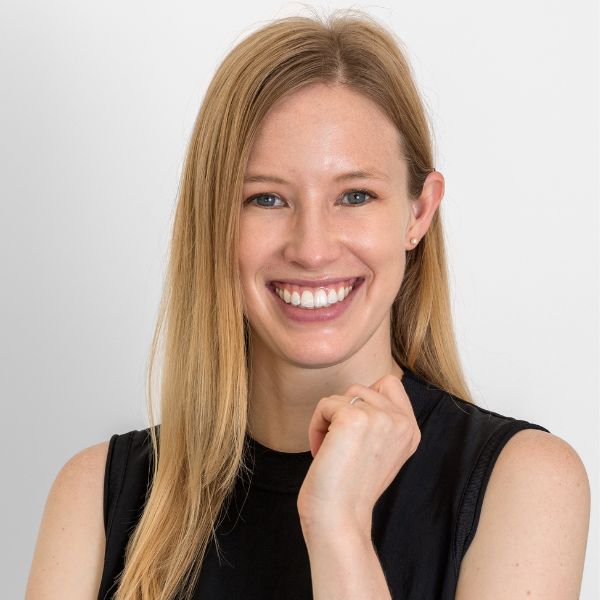
YOU CAN NOW GET A BOTOX TREATMENT PLAN WITH HELP FROM AI
Via Mashable
Using Botox to enhance your cheekbones or alter your appearance is all the rage, thanks to the Kardashians and Hadids of the world. One doctor is trying to bring Botox back to its wrinkle-fighting basics — with the help of artificial intelligence.
Peachy is a new studio in New York City, opening Wednesday, that uses A.I. to chart a Botox-based treatment plan for wrinkle prevention.
Based on the unique muscle stress that smiling, frowning, concentrating, or expressing any emotion puts on your face, Peachy says its algorithm suggests the best places, amounts, and time frames for injecting Botox to keep temporary lines from becoming intractable wrinkles later in life. The manual tweaks physicians make to treatment plans as well as patient progress will work to improve the algorithm over time.
You might think of Botox as the face-freezing injection that middle-aged patients get to smooth wrinkles. Or perhaps you’ve seen how celebrities and influencers are using Botox and other injectables to strategically plump up cheeks or elevate brow lines. But Botox also has a preventative application.
Studies show that injecting botox strategically in your 20s and 30s, before wrinkles set in with middle age, can prevent wrinkles from forming in the first place. This application of Botox is technically not cosmetic because it does not alter your appearance. Instead, it subtly disrupts the communication between your nerves and your muscles, still allowing your face to move, without causing the movement on the skin that results in permanent wrinkles.
Peachy’s co-founder, Dr. Carolyn Treasure, said that she is trying to help patients find a balance between embracing their natural faces and taking advantage of scientific advancements in wrinkle prevention without feeling pressured to jump on the injectables bandwagon.
“I was at a physician colleague of mine, getting preventative Botox, and the whole visit, she kept trying to up-sell me on fillers,” Treasure said. “It really kind of hurt my feelings, and was one of the many things that made me realize there should be a space to go and get, and learn about, wrinkle prevention, without sort of being at the other end of the spectrum, of more of the appearance-altering fillers.”
Treasure is a graduate of both Harvard Medical School and Harvard Business School. While at business school, she began working with colleagues to explore the potential of machine learning. That led to the creation of Peachy. Now, Treasure’s company has a patent pending on the treatment algorithm, and also uses and created its own provider medical application (software) to enable discussions of the A.I. guided plan with patients.
“We want to make it a lot more objective instead of subjective to where people come through Peachy and leave feeling as though their natural appearance was celebrated or they weren’t judged in any way,” Treasure said.
A visit to Peachy starts with a free consultation about whether you are a good candidate for Botox. Patients take several photos, and then clinicians rate the amount of “dynamic” wrinkles (not permanent) and the amount of “static” (permanent) wrinkles. Clinicians input that data into the algorithm, along with how much muscle movement patients want to retain (IE, how aggressive they want to be).
Then, the algorithm generates a treatment plan, which displays on top of a photo of the patient (you can see an example below). The image contains the recommended placement for injections and how many units of botox it recommends. It also suggests how frequently patients should come in, which can range from 3-6 months.

Treasure stressed that the algorithmic treatment plan is a “jumping off point,” and that Peachy providers are either “highly trained” nurse practitioners or herself. Ultimately, the algorithmic output serves as a way to get on the same page with a patient, in order to start a conversation using objective values both doctor and patient can understand.
Peachy also sells prescription retinoid cream (which reduces the appearance of wrinkles), and mineral sunscreen. It recommends patients use the products in concert with the preventative Botox.
Of course, Botox is not for everyone, both from a medical and personal choice perspective. If someone has no dynamic wrinkles, or many static wrinkles, Treasure says they’re not a good candidate. And each person can determine whether taking action to have a more wrinkle free face later in life is important to them — important enough to drop $375 a visit, if they’re a Peachy patient.
At this point, the technical aspect of Peachy seems like a useful tool to start a conversation, not necessarily an anti-aging holy grail. But a space that offers the expertise of a doctor, without the pressures to get a Botox-enabled cat eye look, is much-needed in the age of the “Instagram Face.”
If that’s not something you’re into, you can always wear more sunscreen.

